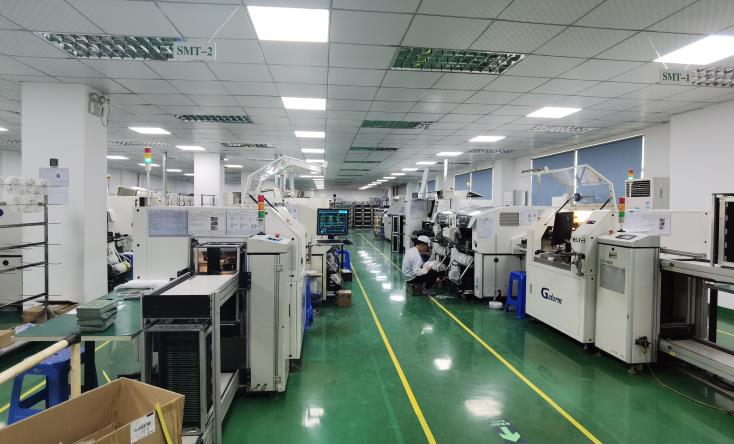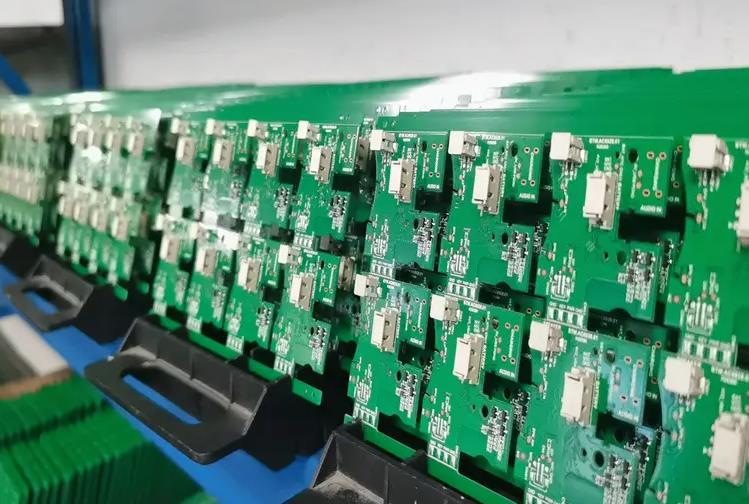What are the design rules for 12-layer printed circuit boards?
The design rules for 12-layer printed circuit boards (PCBs) generally encompass a comprehensive set of considerations to ensure the performance, reliability, and manufacturability of the boards. Here are some key points to consider:
Size and Layer Rules: Define the dimensions (length, width, thickness) of the PCB and determine the number of layers, including internal layers, ground layers, and power layers. These are typically determined by the target application and manufacturing capabilities.
Line Width and Spacing Rules: Select appropriate line widths and spacings for conductors, gaps, and pads, considering factors like signal integrity, electrical reliability, and manufacturing constraints.
Pad and Silkscreen Rules: Define pad dimensions, positions, and shapes for component placement and soldering. Specify silkscreen placement, size, and style for component identification and testing points.
Clearance and Aperture Rules: Set clearance rules to ensure adequate spacing between conductive and non-conductive layers for insulation and voltage breakdown prevention. Define aperture sizes for drilling and mounting holes.
Lead and Pin Rules: Determine lead lengths, angles, and positions for component installation and soldering. Specify pin dimensions and layouts for plug-in components to ensure reliable connections and interchangeability.
Component Placement Rules: Optimize component placement, orientation, and spacing to minimize signal interference, cross-talk, and heat issues. Consider factors like signal transmission, heat dissipation, and manufacturing ease.
Current and Power Rules: Determine the current-carrying capacity of conductors and pads, as well as the power consumption and heat dissipation requirements of components, to prevent overheating and failures.
Signal Integrity and Impedance Rules: Ensure signal integrity by considering factors like interference, noise, and distortion. Specify impedance values for conductors and signal layers to match components and transmission lines.
Remember, these are general guidelines, and specific design rules may vary depending on the application, manufacturing process, and industry standards.
Tags: 12-layer /printed_circuit_boards /design /
Prev: How to ensure the quality of PCBA processing after sale?







